Plastic laminate countertops are a popular choice in homes and commercial spaces due to their affordability, versatility, and relatively low maintenance. These countertops are constructed by layering sheets of plastic laminate over a composite material, usually particleboard or medium-density fiberboard (MDF). The top layer consists of decorative paper, which comes in a variety of colors and patterns, sealed by a clear protective layer. Laminate countertops are not only economical but also offer an endless range of aesthetic options, making them an attractive choice for homeowners who want style on a budget. The application of plastic laminate in countertops has been around since the 1950s, and it remains a go-to material because of its ability to mimic more expensive materials like granite, marble, or wood.
One of the key benefits of plastic laminate countertops is their durability. They are resistant to scratches, stains, and moisture, which makes them ideal for kitchens, bathrooms, and other high-traffic areas. The laminate surface is non-porous, meaning it does not absorb liquids or harbor bacteria, making it a more hygienic choice compared to other materials like wood or stone. For homeowners who prioritize cleanliness, laminate countertops are easy to clean and maintain, requiring only mild soap and water for everyday cleaning. Harsh chemicals and abrasive sponges should be avoided to prevent any damage to the surface. This ease of maintenance has made laminate countertops a favorite in both residential and commercial settings, especially where cleanliness is crucial, such as in healthcare facilities and restaurants.
In terms of design, plastic laminate countertops offer incredible flexibility. Manufacturers provide a wide array of colors, textures, and finishes that can suit virtually any décor style. Whether you prefer a sleek modern look with high-gloss finishes or a more traditional, matte surface that mimics natural materials, laminate countertops can fulfill those aesthetic needs. Some laminates even come with textured surfaces that resemble wood grains, stone patterns, or concrete finishes, which add depth and character to the design. With advancements in printing and manufacturing technology, it is now possible to achieve highly realistic replicas of luxury materials at a fraction of the cost. This makes laminate an excellent choice for homeowners who want the look of premium materials without the associated price tag.
Another significant advantage of plastic laminate countertops is their affordability. Compared to natural stone, solid surface materials, or even quartz, laminate countertops are one of the most budget-friendly options available. This makes them an ideal choice for first-time homeowners, rental properties, or anyone looking to renovate their kitchen or bathroom on a tight budget. Laminate countertops can offer a high-end appearance without breaking the bank, and they’re available in a range of price points depending on the thickness and design complexity of the material. Additionally, installation costs are generally lower for laminate than for other materials, as it is easier to cut and fit around sinks, corners, and other kitchen or bathroom fixtures.
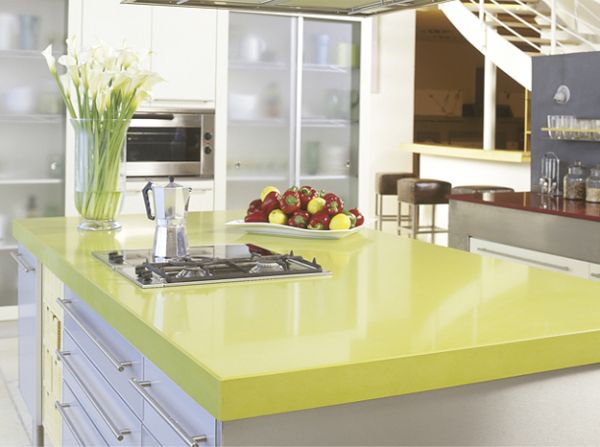
Despite their benefits, plastic laminate countertops do have some limitations. They are not as heat-resistant as stone or quartz surfaces, meaning that hot pans or pots should not be placed directly on the surface, as it could cause blistering or discoloration. It’s recommended to always use trivets or hot pads to protect the countertop from extreme heat. Similarly, while laminate is scratch-resistant, it is not scratch-proof, and using sharp knives directly on the surface can cause gouging or visible damage. For this reason, a cutting board should always be used when preparing food. Another limitation is that once the laminate surface is damaged, it can be difficult to repair. Unlike stone or solid surface materials that can be buffed or sanded down, laminate damage often requires the replacement of the entire countertop.
While laminate countertops are durable, they can be prone to edge chipping, especially at corners or edges that experience heavy use. The edges of laminate countertops are typically sealed with strips of the same laminate material, which can sometimes peel away over time or with excessive moisture exposure. This is one of the reasons why choosing the right edge profile—such as a rounded bullnose edge—can extend the life of the countertop. Specialty edges, like those that mimic the bevels found in natural stone, can also enhance the look and feel of laminate countertops, but they often come at a higher price point.
In terms of environmental impact, plastic laminate countertops have come under scrutiny because they are made from synthetic materials derived from petrochemicals. The production process requires energy and emits volatile organic compounds (VOCs), which can contribute to indoor air pollution. However, some manufacturers are taking steps to produce more eco-friendly laminates by incorporating recycled materials into their products or by using adhesives that emit fewer VOCs. For environmentally conscious consumers, it’s important to research brands that prioritize sustainability and low environmental impact.
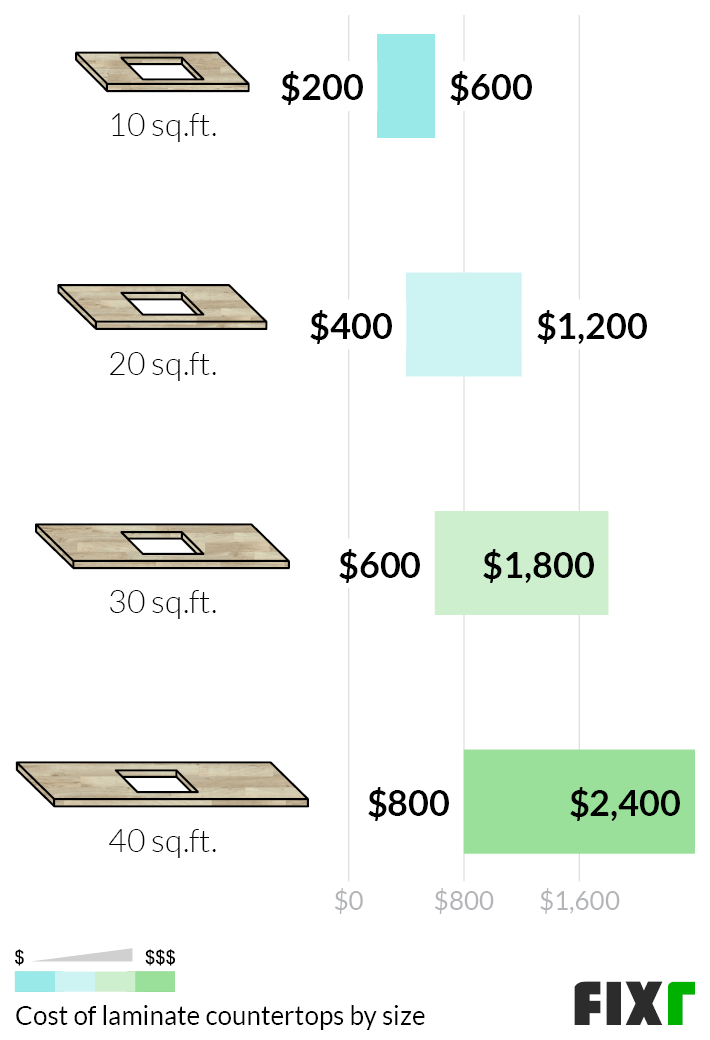
Installation of plastic laminate countertops can be done by professionals or DIY enthusiasts, although professional installation is often recommended to ensure proper fit and finish. One of the challenges of DIY installation is cutting the laminate sheets accurately and securing them without air bubbles or uneven edges. Special tools like routers and laminate trimmers are often needed to achieve a polished result, especially around sinks and corners. When done properly, laminate countertops can provide years of reliable service. However, if poorly installed, laminate can lift, bubble, or show unsightly seams, which is why expert installation is usually worth the investment.
When it comes to repairs, laminate countertops are somewhat limited in terms of what can be fixed. Minor scratches and chips can sometimes be repaired using color-matching fillers or repair kits that are available from most home improvement stores. However, larger damages, such as deep gouges or burns, often require replacing a portion or the entirety of the countertop. Because laminate countertops are typically made from a composite wood base with a thin laminate covering, structural damage is not easily repaired without replacing the surface entirely.
Custom laminate countertops can also be fabricated to fit unusual spaces or designs. For example, if you have a kitchen island or breakfast bar with unique angles or curves, laminate can be customized to fit the exact dimensions and specifications of the space. This flexibility makes laminate a practical option for non-standard kitchen or bathroom layouts where pre-made countertops would not work. Even though custom options can be more expensive, they still typically cost less than custom stone or quartz countertops.
In addition to kitchens and bathrooms, plastic laminate countertops are commonly used in other spaces like laundry rooms, garages, and craft rooms. These areas require durable work surfaces that can withstand heavy use and potential exposure to moisture and chemicals. Laminate is well-suited for these environments because it resists stains and is easy to clean, even after exposure to harsh substances. In these more utilitarian spaces, the aesthetics of the laminate may take a backseat to its functionality, but the material still performs well in terms of wear and tear.
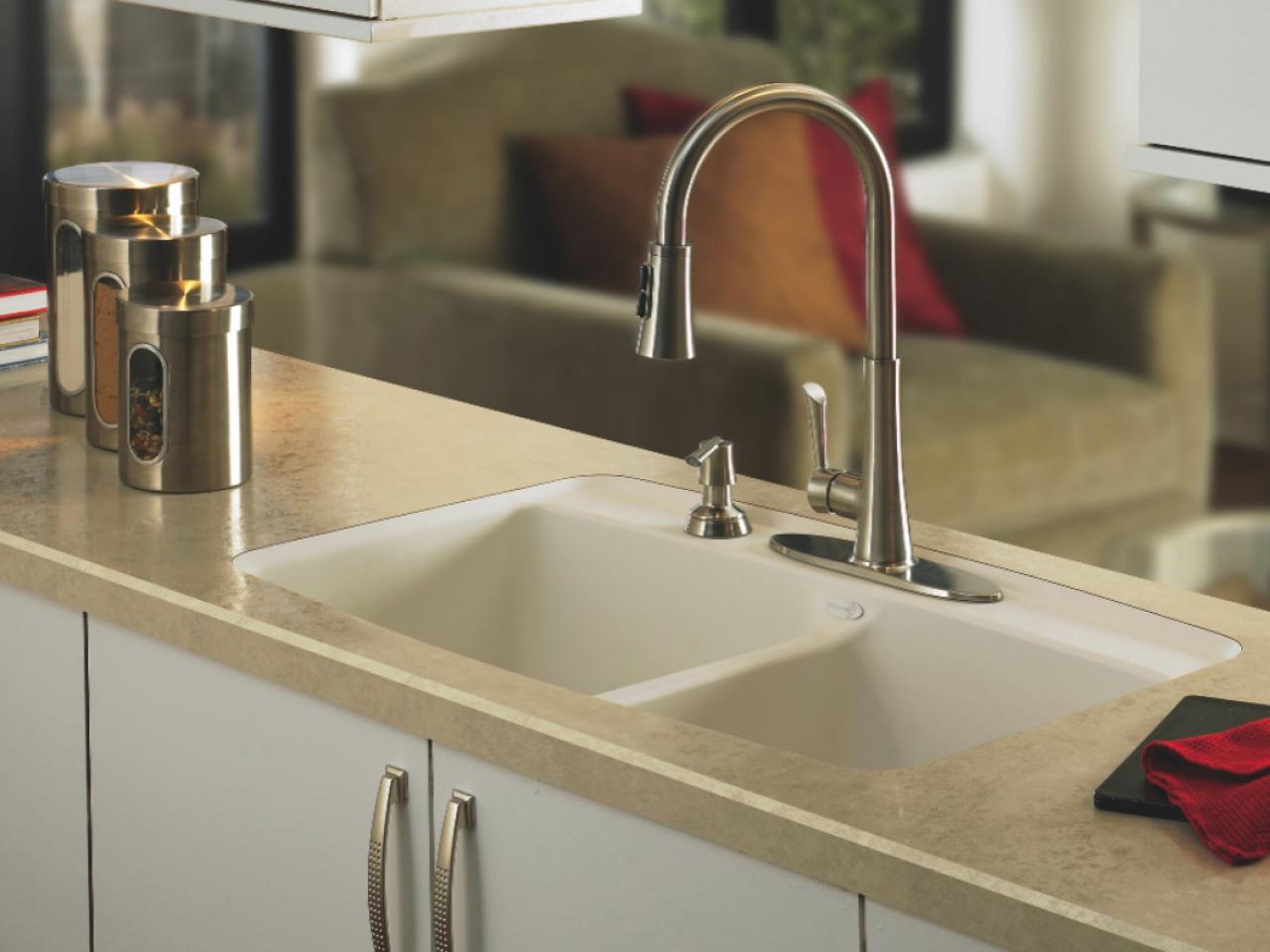
The longevity of laminate countertops can be extended with proper care. This includes avoiding direct exposure to heat, not cutting directly on the surface, and regularly cleaning it with mild soap and water. Moisture can be the biggest enemy of laminate countertops, especially if water seeps into seams or edges. It’s crucial to keep spills wiped up and ensure that the laminate is properly sealed, particularly around sinks and appliances. For households with children or high-traffic kitchens, laminate can provide a long-lasting solution as long as these precautions are followed.
In terms of trends, laminate countertops have come a long way from the dated, artificial-looking surfaces of the past. Today’s laminates often feature high-definition imaging and textures that rival the appearance of real stone or wood. Some homeowners are even choosing laminate countertops as part of an eclectic design strategy, mixing high-end finishes with more affordable materials to create a unique look. With the right design choices, laminate countertops can complement a wide range of styles, from minimalist and modern to rustic and traditional.
One final consideration when choosing plastic laminate countertops is their resale value. While laminate is highly functional and affordable, it may not add as much resale value to a home as natural stone or quartz countertops. Homebuyers often perceive laminate as a lower-end material, especially if the market they are buying into values high-end finishes. However, for homeowners who plan to stay in their home for several years or who are more concerned with practicality and style on a budget, laminate countertops are a smart and cost-effective choice.

Common Mistakes to Avoid
One common mistake when installing plastic laminate countertops is improper edge sealing. Moisture can seep into poorly sealed edges, causing the laminate to lift and bubble over time. Always ensure that edges are properly sealed, particularly around sinks and dishwashers, to prevent water damage. Another frequent error is not using heat protection. Many people assume laminate is heat-resistant because of its hard surface, but it can blister or discolor when exposed to high heat. Be sure to always use trivets or hot pads when placing hot items on the countertop.
Another mistake is cutting directly on the laminate surface, which can lead to scratches and gouges. Even though laminate is somewhat scratch-resistant, it is not as hard as stone or quartz. Always use a cutting board when preparing food. Additionally, improper cleaning techniques can lead to damage. Abrasive sponges or harsh chemicals can wear down the protective layer, so it’s best to stick to mild soap and a soft cloth for cleaning.
DIY installation errors are also common. Without the right tools and skills, improperly installed laminate can result in air bubbles, misaligned seams, and rough edges. It’s advisable to hire a professional unless you have experience with laminate countertop installation.
Finally, overlooking the importance of selecting the right edge profile can lead to premature wear. Sharp edges are more prone to chipping, while rounded or beveled edges can provide more durability over time. Choose an edge profile that suits the way the countertop will be used, especially in high-traffic areas.
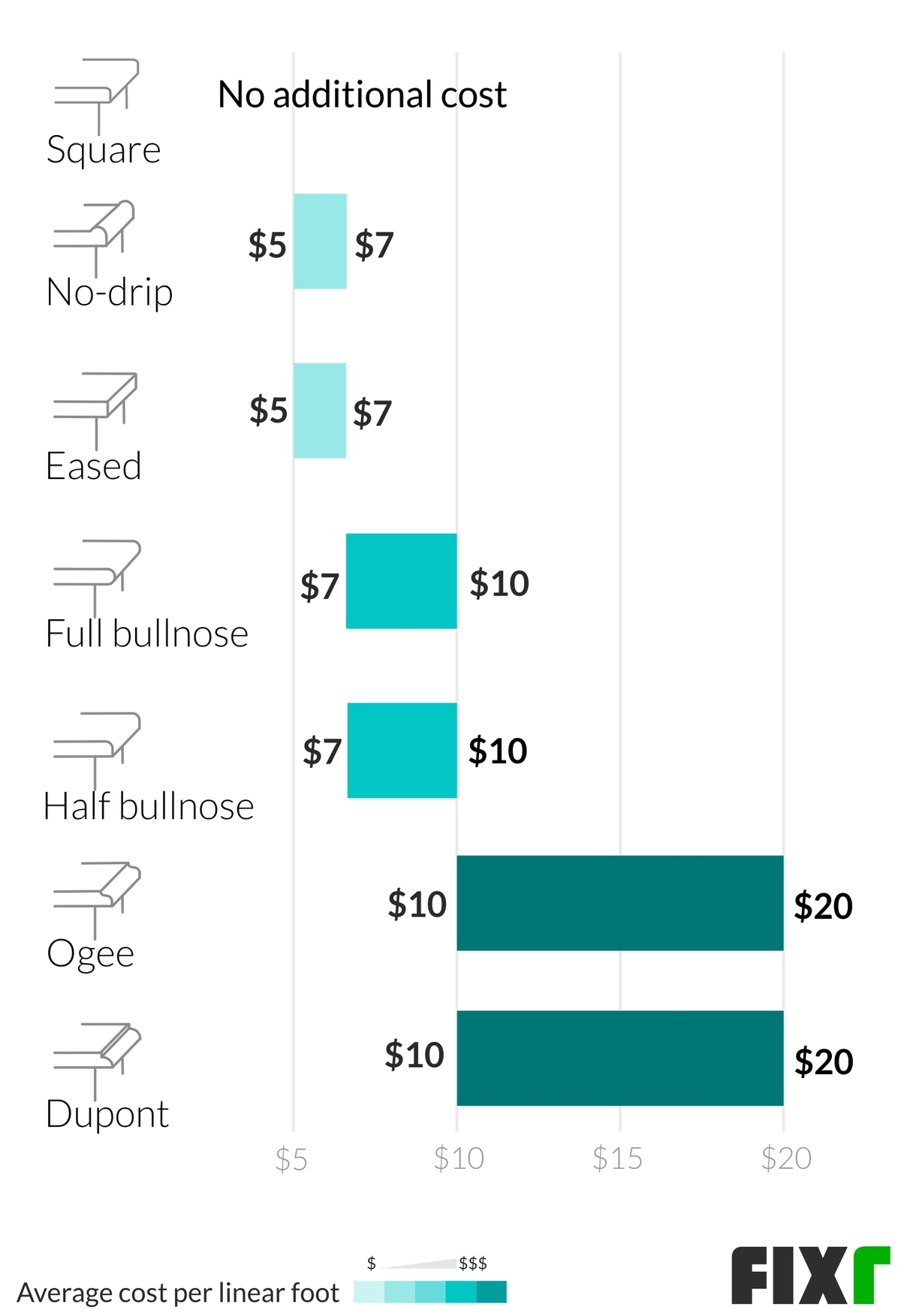
How durable are plastic laminate countertops?
Plastic laminate countertops are durable and resistant to stains, moisture, and scratches, but they are not impervious to damage. While they perform well for everyday use, it’s essential to avoid cutting directly on the surface and protect it from excessive heat. With proper care, laminate countertops can last many years, but they may require repair or replacement if damaged.
Can laminate countertops be repaired if they are scratched or chipped?
Minor scratches and chips can be repaired using color-matched fillers or special repair kits. However, significant damage, such as large gouges or burns, is more difficult to fix. In these cases, it may be necessary to replace a section or the entire countertop. Laminate is not as easy to repair as other materials like wood or solid surface countertops, which can be sanded down and refinished.
Are plastic laminate countertops eco-friendly?
Plastic laminate countertops are not typically considered eco-friendly because they are made from synthetic materials, which involve petrochemicals and energy-intensive manufacturing processes. However, some manufacturers offer more sustainable options, incorporating recycled materials and low-VOC adhesives. If environmental impact is a concern, research eco-conscious brands or explore alternatives like recycled glass or bamboo.
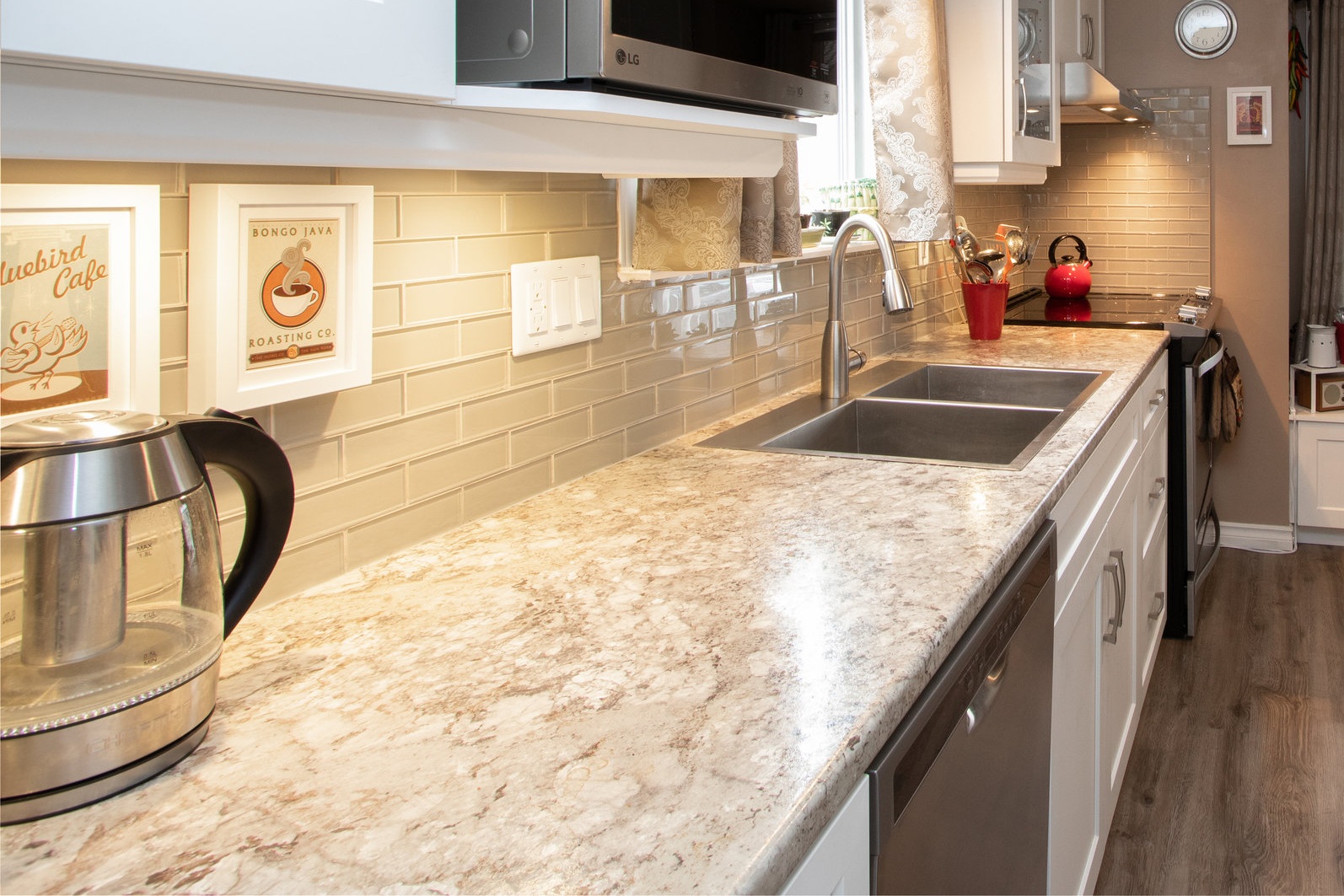
How do I clean and maintain laminate countertops?
Cleaning laminate countertops is simple and only requires mild soap and water. Avoid abrasive cleaners or sponges, as these can scratch the surface or wear down the protective layer. Regular maintenance involves wiping up spills promptly and avoiding prolonged exposure to moisture, especially around seams and edges. By taking care to protect the surface from heat and sharp objects, laminate countertops can remain in good condition for many years.
Is laminate a good choice for a kitchen countertop?
Laminate is a practical and budget-friendly choice for kitchen countertops. It is durable, easy to clean, and available in a wide range of designs. While it may not have the same prestige as natural stone or quartz, laminate is perfect for homeowners looking for style and function on a budget. It is also a good option for secondary areas like laundry rooms or utility spaces.
How do plastic laminate countertops compare to granite or quartz?
Compared to granite or quartz, plastic laminate countertops are far more affordable but less durable in terms of heat and scratch resistance. Granite and quartz offer more longevity and higher resale value, but they come with higher upfront and maintenance costs. Laminate, on the other hand, offers design versatility and ease of installation, making it a great choice for budget-conscious homeowners looking for aesthetic appeal without the high price.

Related articles:
- Painting Kitchen Laminate Countertops
- Quartz Laminate Countertops
- Laminate Countertops Installation
- Laminate Countertop For Kitchen Island
- Kitchen Island Laminate Countertops
- Cheap Laminate Countertops
- Laminate Countertops That Look Like Stone
- Plastic Laminate Countertops
- Laminate Countertop Ideas For Kitchen
- Dark Green Laminate Countertops